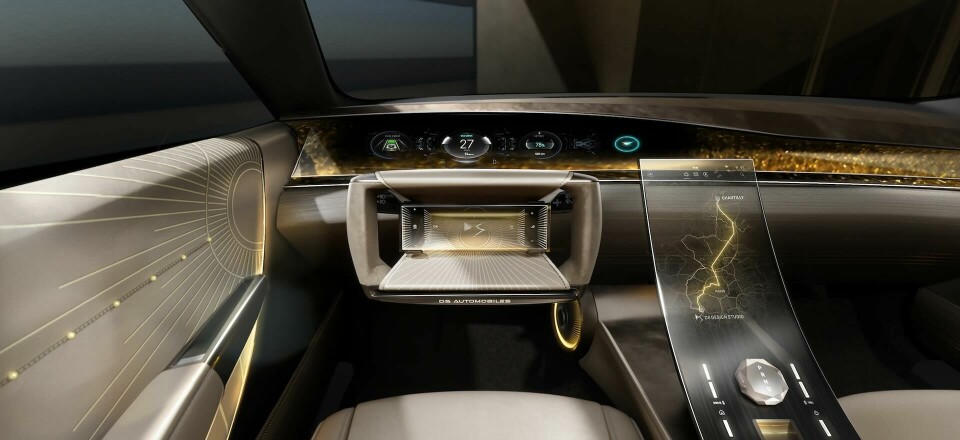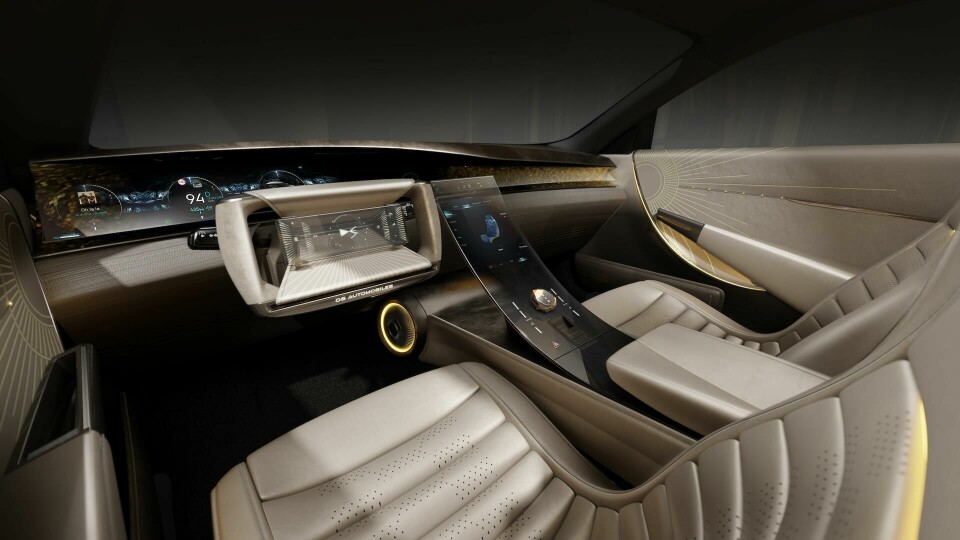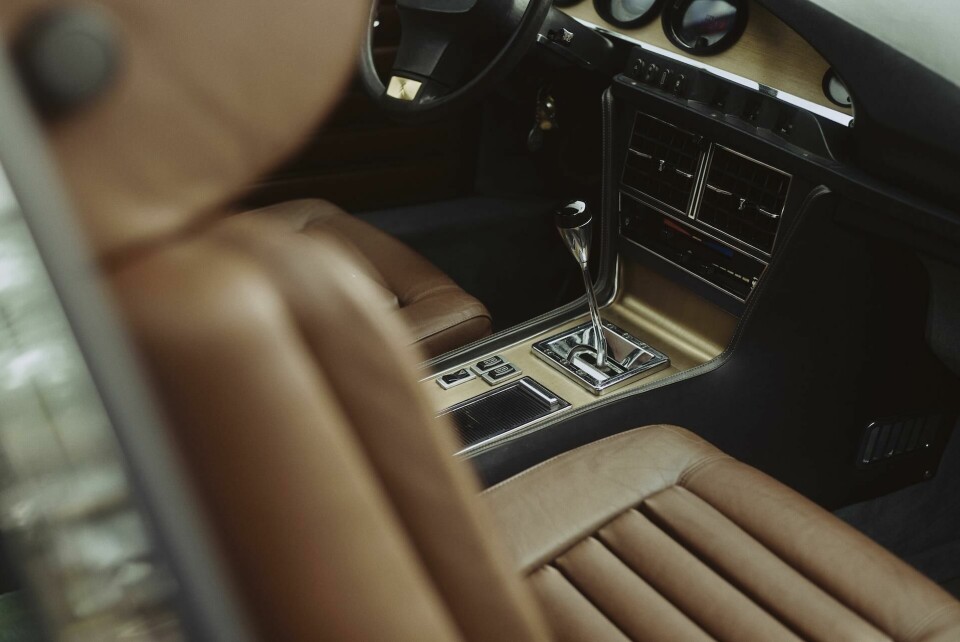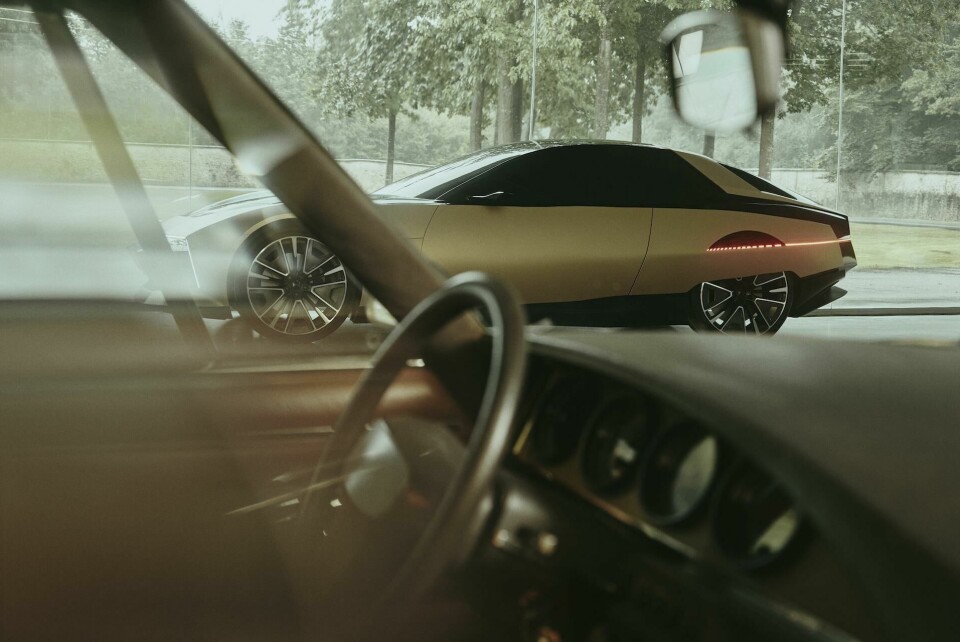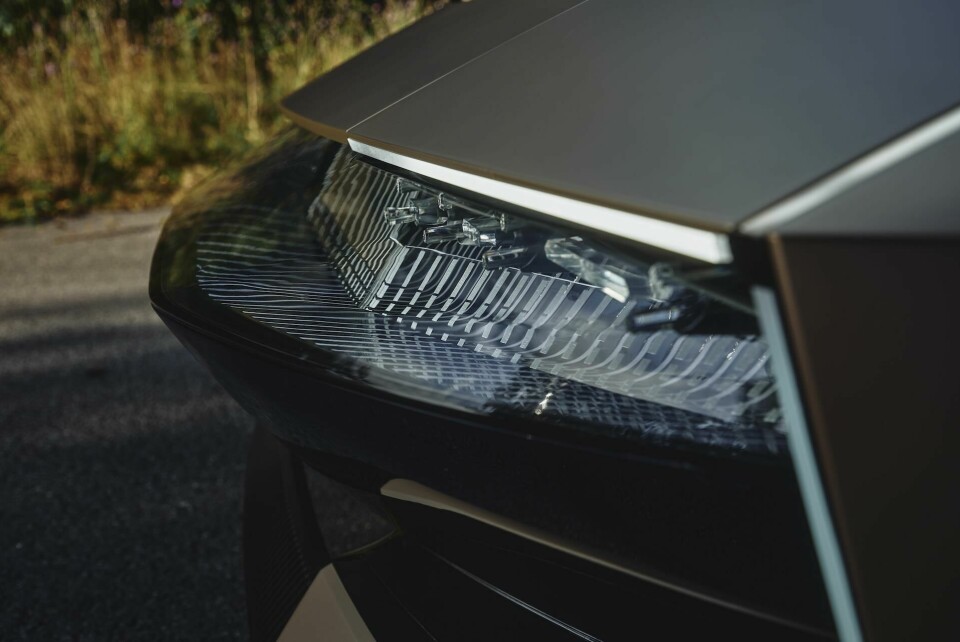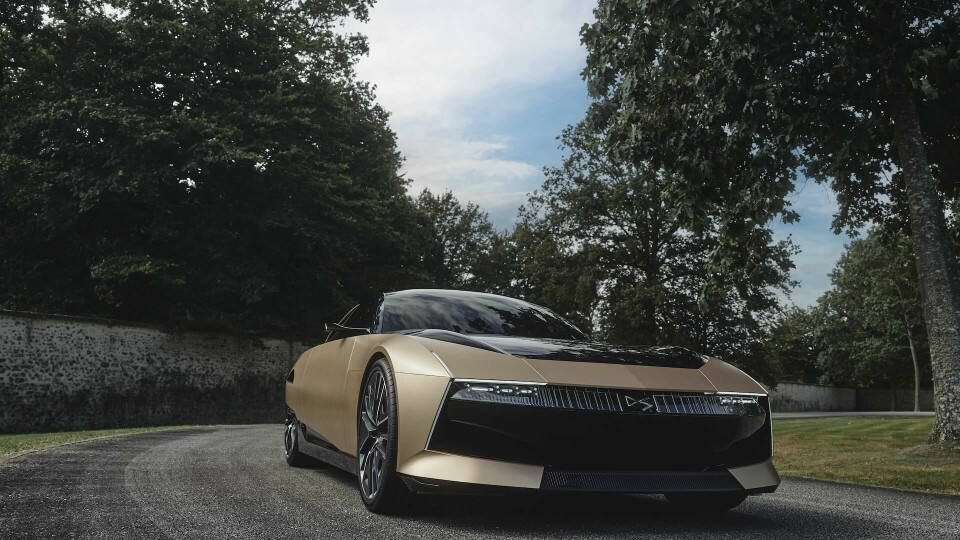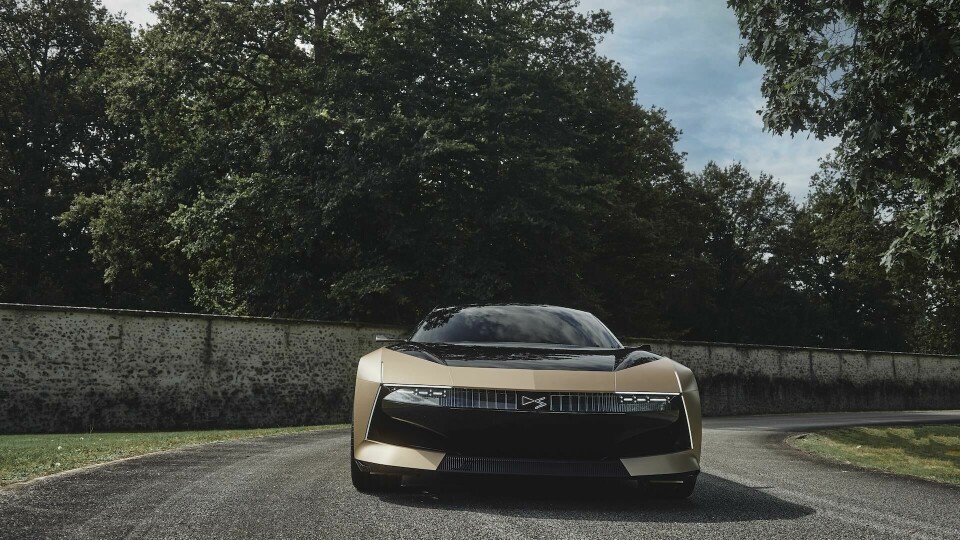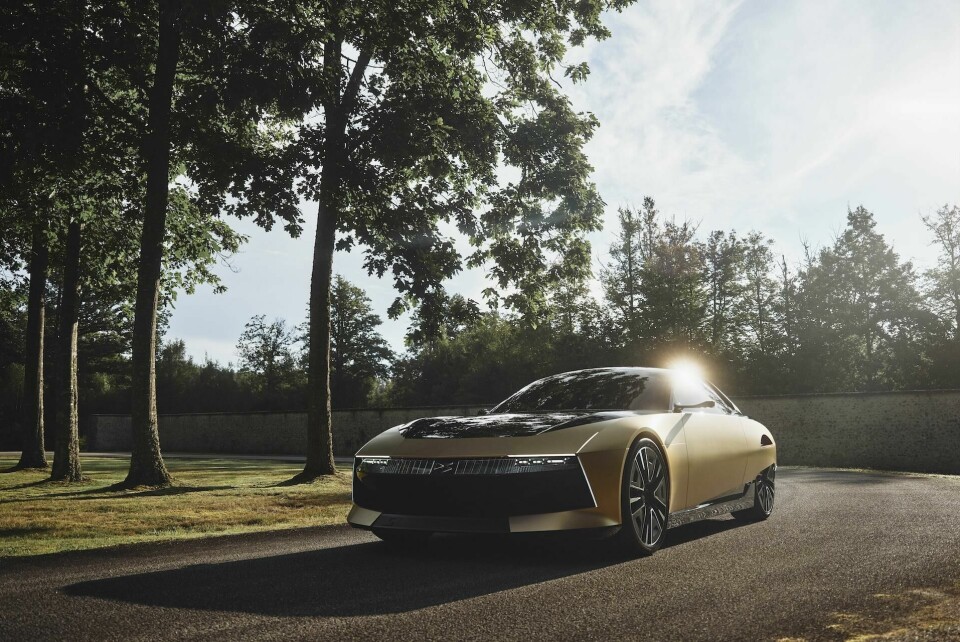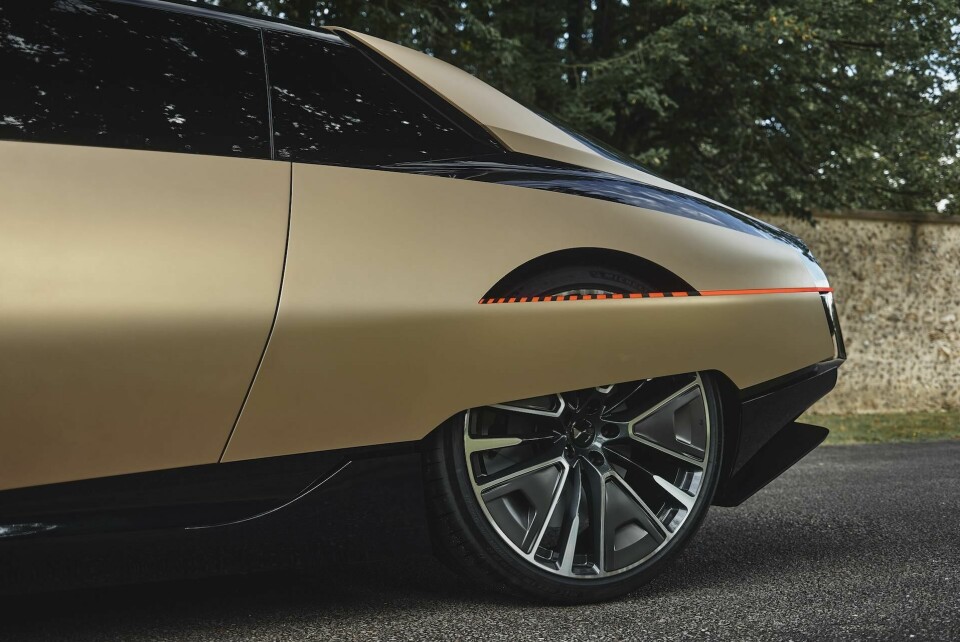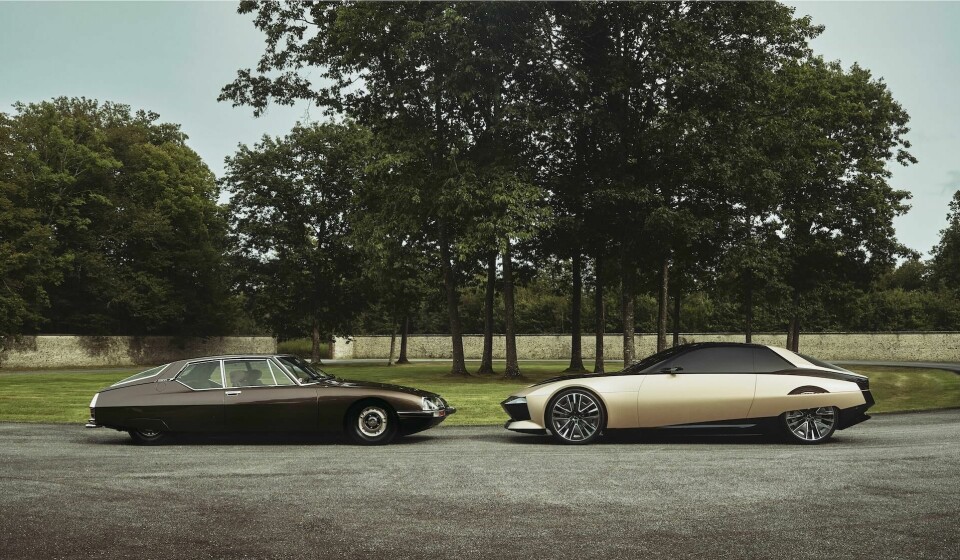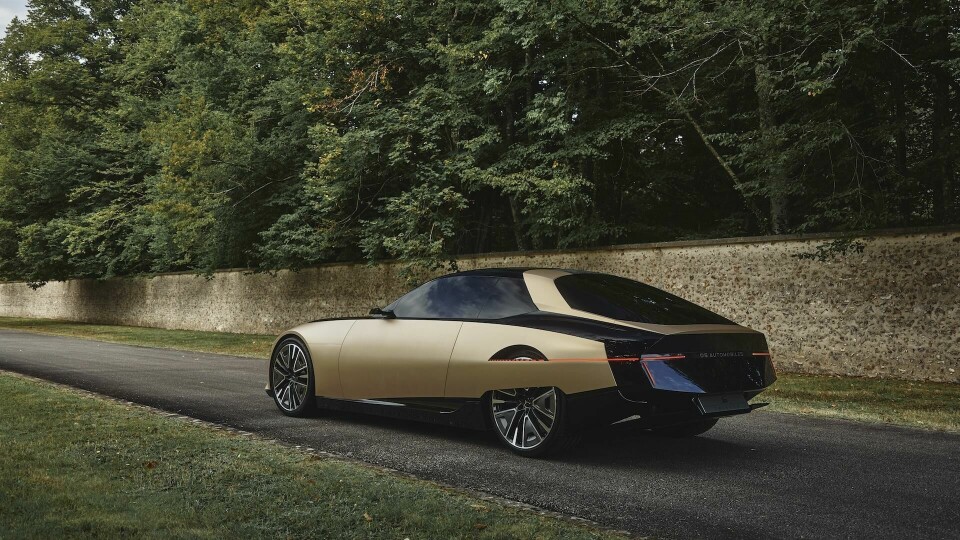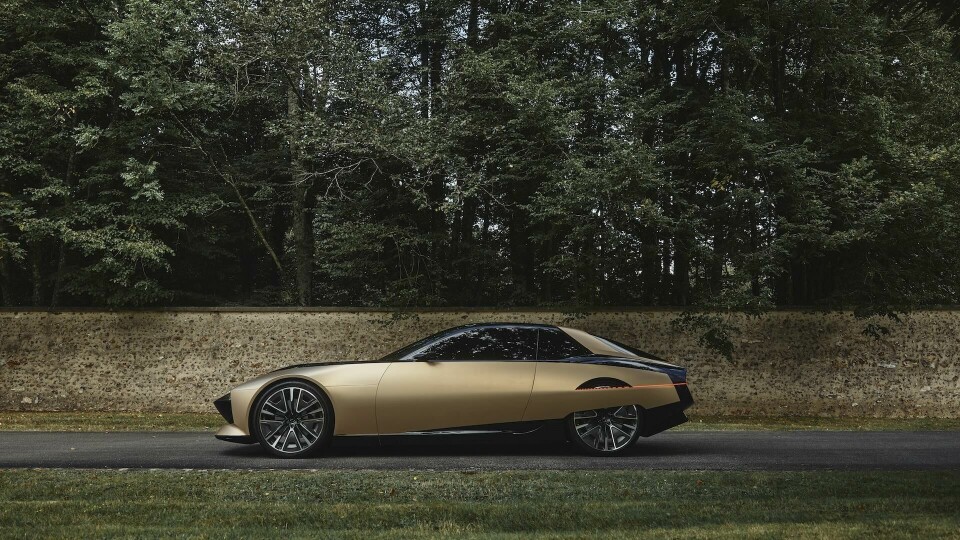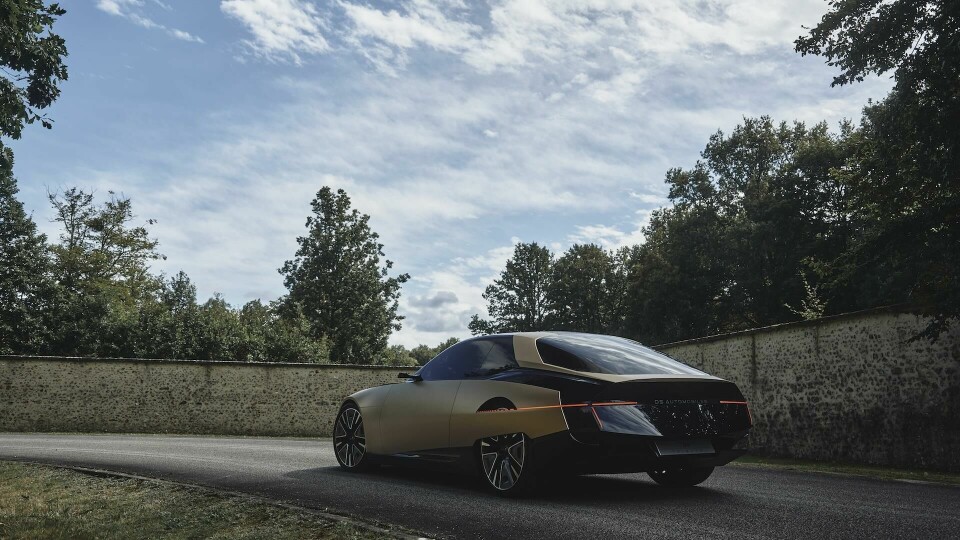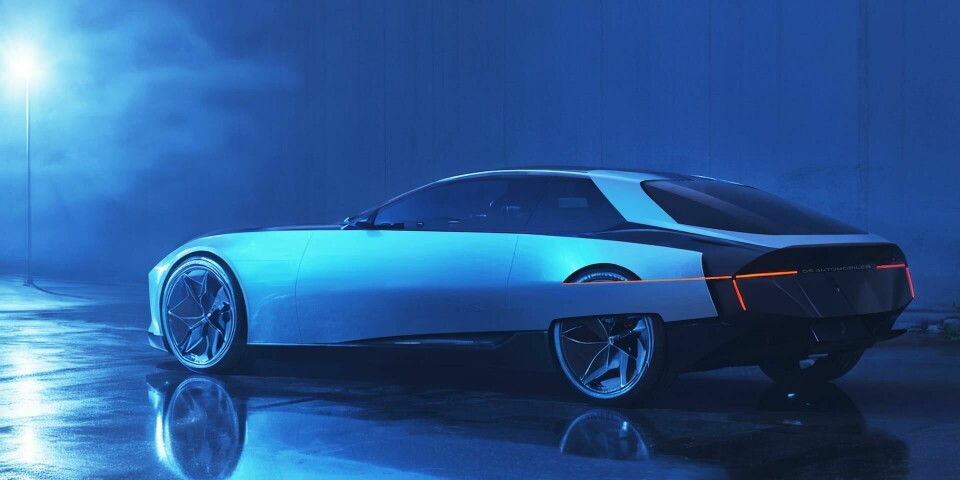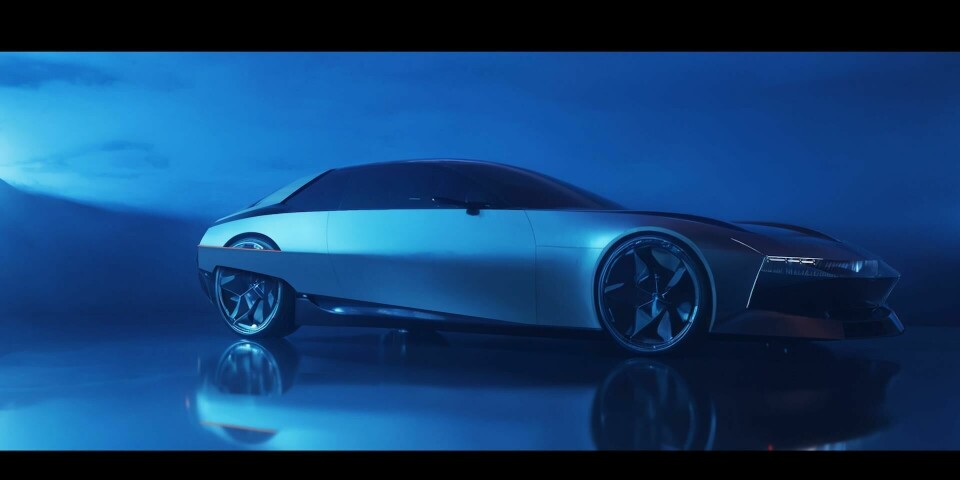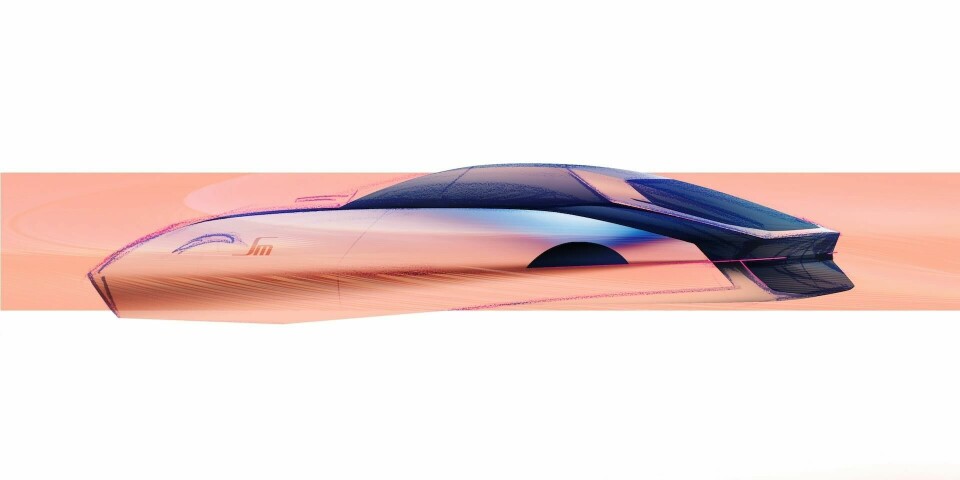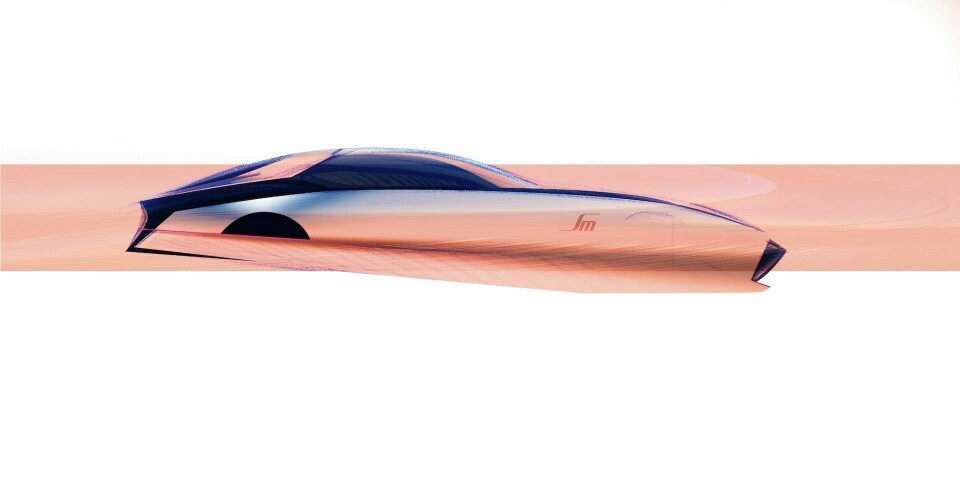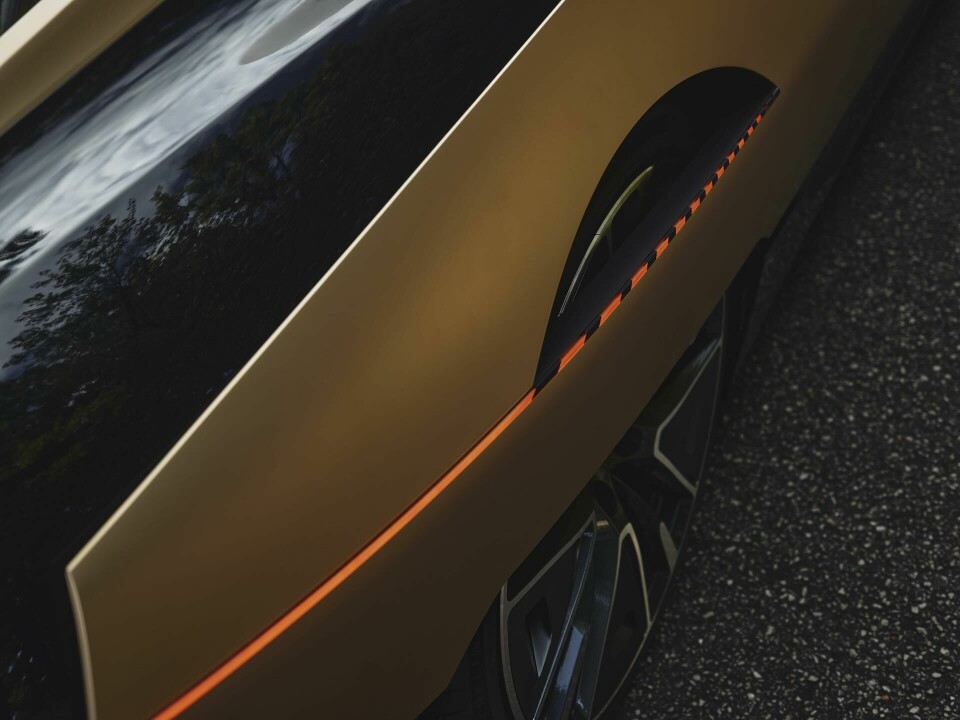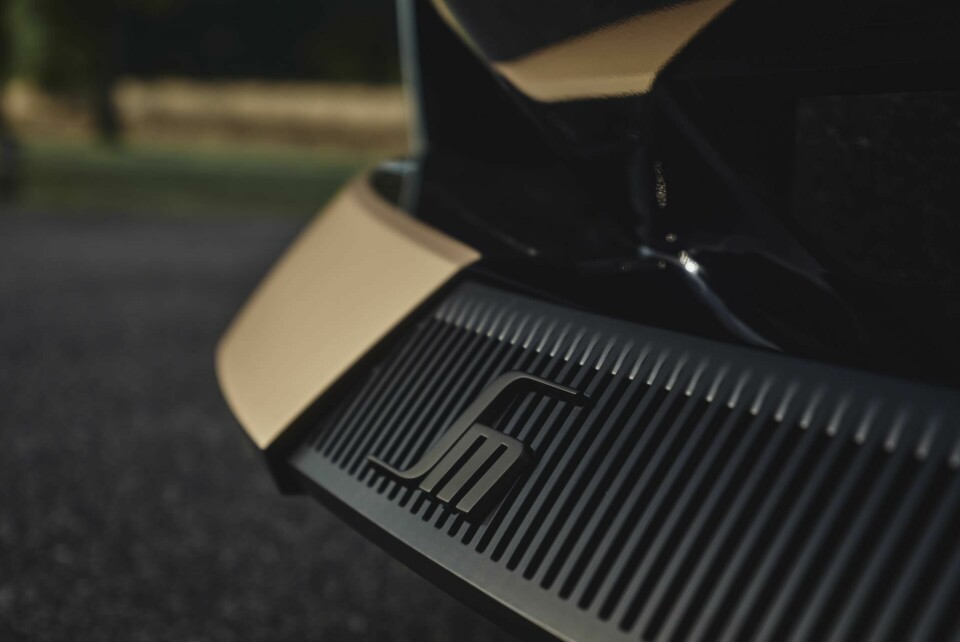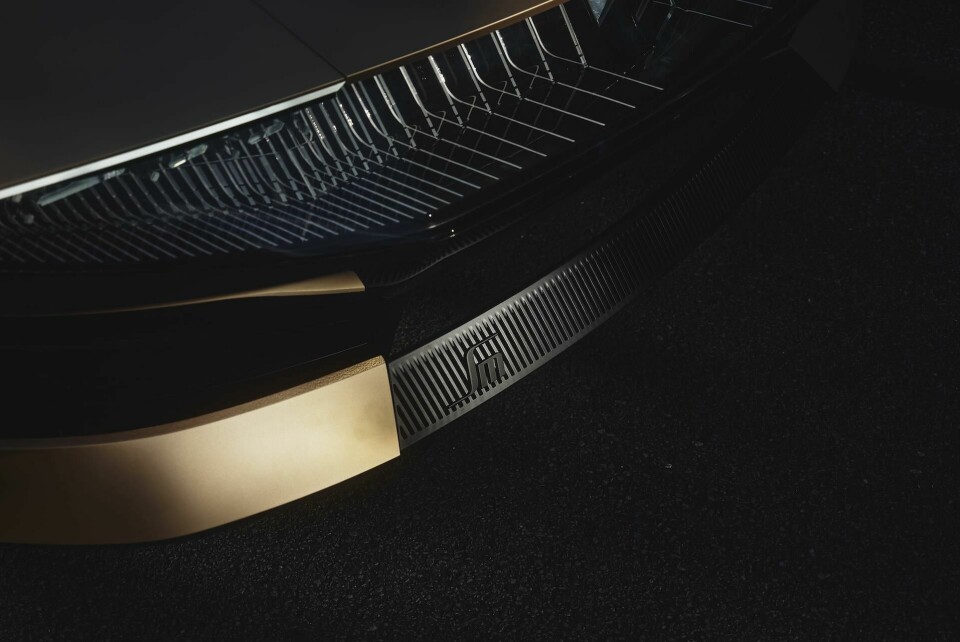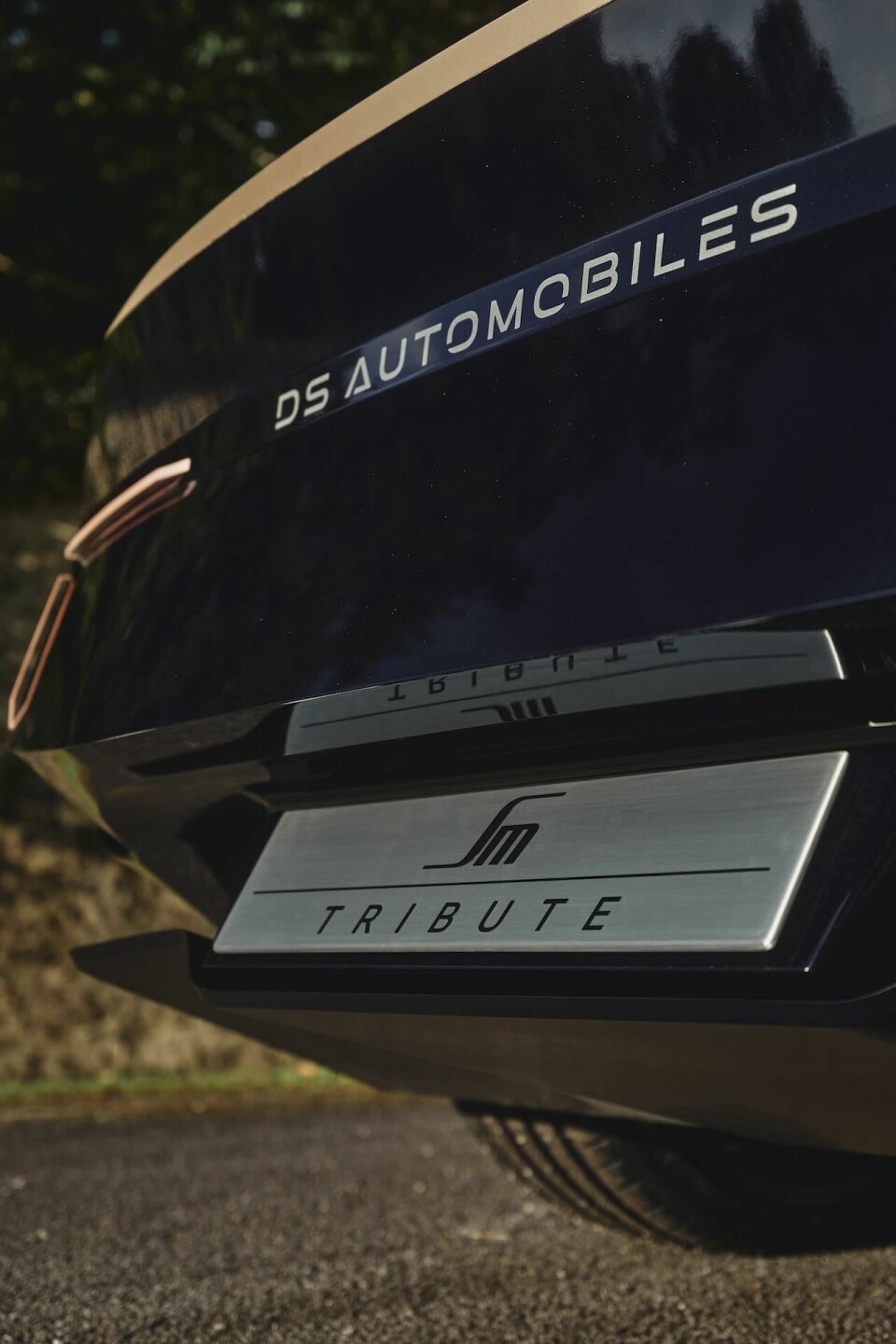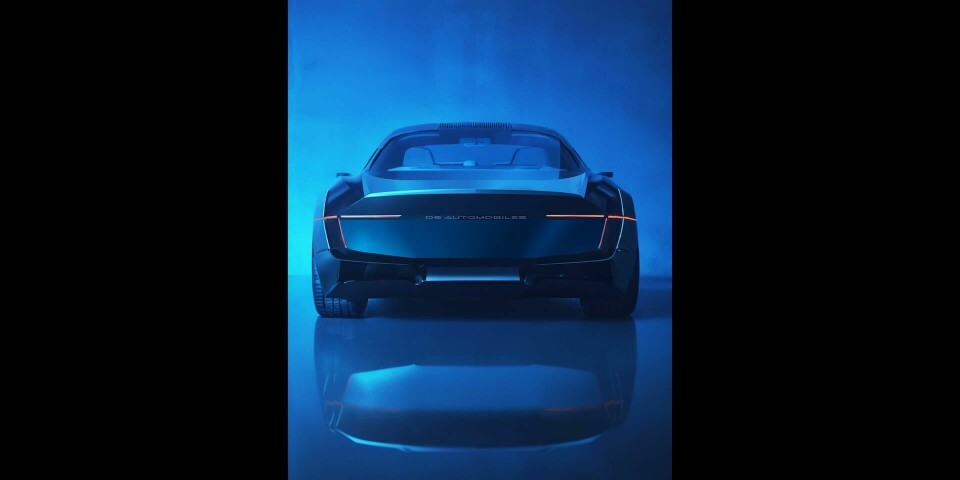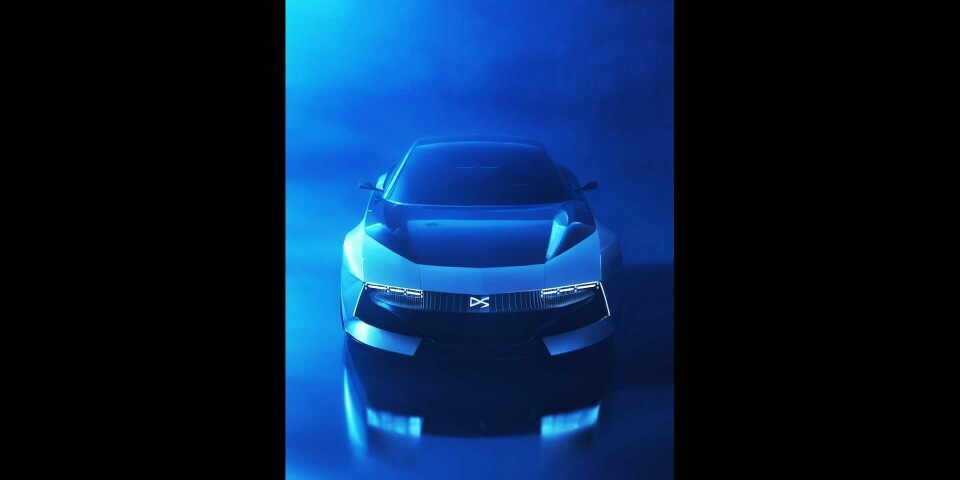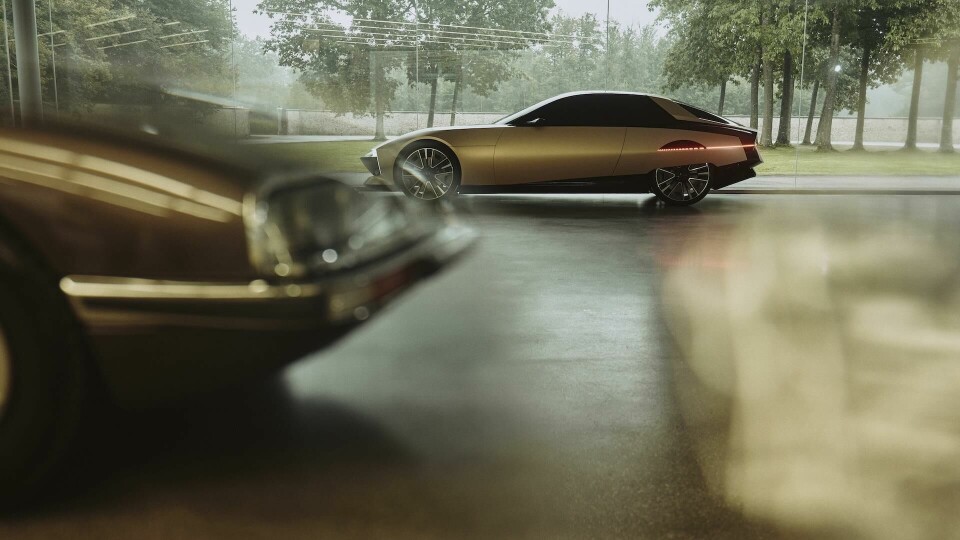
DS creates tribute to iconic SM – just don't call it retro, says design chief
DS Automobiles’ design boss gives a walkaround of the inspired SM Tribute concept which was created from scratch just in time for its public debut this month
What started as a lighthearted competition in 2020 has turned into a rolling prototype that might be headed for production. The SM Tribute concept debuted at the 2024 Chantilly Arts & Elegance with its interior design unveiled virtually.
While it closely resembles the original dimensions of the SM – it is just 30mm longer and 20mm taller – the new concept more muscular and signficantly wider by 140mm. The electric car sits on 22-inch wheels and ground clearance has been reduced by 35mm to improve efficiency. Car Design News spoke with Thierry Metroz, DS Automobiles’ design director, to understand why the SM Tribute is an important moment for the brand in its tenth anniversary year.
Car Design News: Where did the idea for the SM Tribute start?
Thierry Metroz: In 2020 we did a design competition at DS with all the exterior designers. It was an old personal idea of mine because I’ve loved the SM since I was ten years old. More recently, it became a dream for me and my team to do something around the iconic car. For the competition, I gave the designers a week to create sketches imagining the SM had stayed in production and was now in its sixth generation. It’s a different mindset to doing retro design.
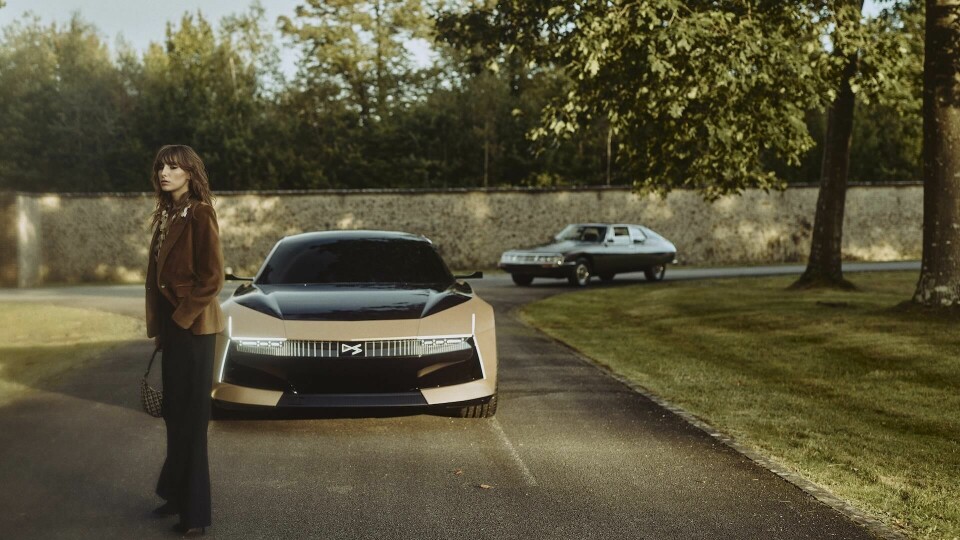
Last year we had a very fruitful discussion with Olivier Francois, our new CEO for DS Automobiles. In 2024 we mark the tenth anniversary of our brand and the tenth anniversary of Chantilly Arts & Elegance, which we’ve been sponsoring since it started. These were two very good reasons to do more than just sketches.
CDN: Talk us through the development process.
TM: We began the project in January this year. From a blank page to the final 3D mockup it took two months and we started the prototype in April. It took around four months to complete the prototype which had the finishing touches done a week before Chantilly Arts & Elegance.
CDN: What was the biggest challenge?
TM: When you work on an icon like the SM, it’s very difficult to find a good balance between respecting the DNA of the SM from the ‘70s and doing a modern, avant garde design proposition – as the SM was in the beginning of the ‘70s. We needed to create a link with the past and our future. It’s not a retro design because it’s very modern and with the SM Tribute we teased what the future design for the next generation of DS will be like.
CDN: How was this future-thinking design concept presented in the interior space?
TM: The instrument panel uses new technology. It’s a layer of glass with the information projected on the glass, there’s no screen. We have the same oval instrumentation for the driver like the original SM but with this de-materialisation of the screen. The information is floating on the glass, it’s very futuristic, especially because you have the curved transparent screen on the centre console. The technology is not available on the market, but it will be very soon for regular cars.
Heritage is strategic… you can’t buy the history of a brand
The same kind of innovation is found in the exterior design. When you look at the front identity, the headlamps are super thin modules with high power LEDs. We’ve followed the DNA of the SM but it’s also very close to what we’re doing for the new generation of DS. We have the same kind of glass, illuminated DS emblem, vertical lines and the eight star design inside the headlamp. Before the end of this year we’re launching a new DS; when you compare the front identity of that and the SM Tribute, they’re very close.
CDN: Can you tell us about the rear wheel arch concept?
TM: It’s my favourite piece of the design. We wanted to cover the rear wheel like the SM. An SM without covering the rear wheel isn’t an SM. We needed to protect this part of the DNA but we created this small window in the middle of the rear fender for two reasons.
First is to make the rear fender more elegant because we want to have this aerodynamic shape. It’s amazing because through the window you can see the top of the wheel and it creates something magical to see only this small part. We also used this window to elongate the light signature on the side of the car. It was a good opportunity to take the red light and pull it forward in this crescendo effect, it makes the car very modern and futuristic.
CDN: How does this light feature carry around to the rear design of the vehicle?
TM: One very important point was to keep the shape of the rear window because the original has this curve to it. We also kept the rear flat and in the same proportion. We added a much more contemporary light signature, which is more of a link to our future than the original SM.
CDN: Why is it important to look back at heritage models and incorporate these into the future of DS?
TM: We have two icons, the SM and the DS. In this first step with the SM we decided to create more links with our roots. We’re working on another manifesto at the moment based on the DS. Starting sometime between 2026-2028, we will launch cars that are much more inspired by our history. Heritage is strategic, Chinese brands for example can buy technologies, engineers and designers but you can’t buy the history of a brand, the emotional aspect and the storytelling. Customers are not only buying a car, they’re buying a piece of history, a brand. That’s key for the future.
CDN: Are we likely to see the SM Tribute as a production car?
TM: It’s not a pure concept car because it was developed on an electrified platform that’s available in the Stellantis group now.
Some concept cars have proportions that are impossible to execute in production so we wanted to create a prototype that will have the same design and proportions if it was made into a production car, with the consideration of adaptations for regulations. Electrification helps us imagine new shapes, proportions, concepts and silhouettes. And finally, we’re waiting for a new generation of thinner, more efficient battery technology to make lower cars.
